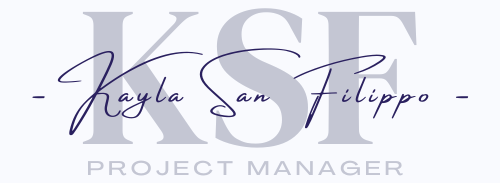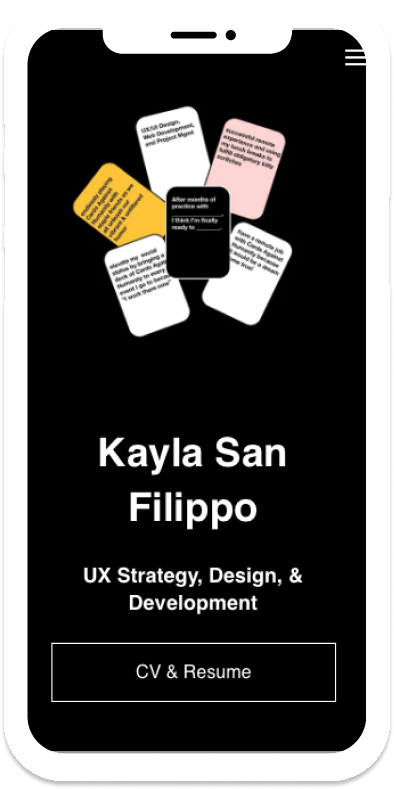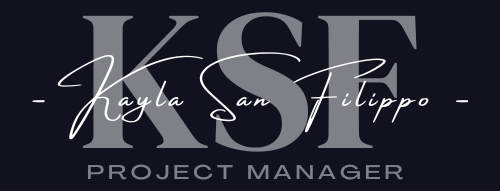UX/UI Design
Designing for Impact
Mastering UX Design
Course 1 -
Foundations of User Experience Design
- Define the field of UX and explain why it’s important for consumers and businesses.
- Understand foundational concepts in UX design, such as user-centered design, the design process, accessibility, and equity-focused design.
- Identify the factors that contribute to great user experience design.
- Review common job responsibilities of entry-level UX designers and teams that they work with.
- Explore job opportunities and career paths within the field of user experience.
- Explain why design sprints are an important and useful part of a UX designer’s work.
- Describe common UX research methods.
- Identify and account for biases in UX research.

Course 2 -
Start the UX Design Process: Empathize, Define, & Ideate
- Empathize with users to understand their needs and pain points.
- Create empathy maps, user personas, user stories, and user journey maps to understand user needs.
- Develop problem statements to define user needs.
- Generate ideas for possible solutions to user problems.
- Conduct competitive audits.
- Start designing a mobile app, a new project to include in your professional UX portfolio.
Course 3 -
Build Wireframes & Low-Fidelity Prototypes
- Develop a goal statement.
- Create two types of storyboards: big picture and close-up.
- Understand the difference between low-fidelity and high-fidelity design.
- Apply the basics of drawing.
- Apply the principles of information architecture to organize a mobile app.
- Create paper wireframes for a mobile app design.
- Develop digital wireframes in the design tool Figma.
- Build a paper prototype to add interactivity to designs.
- Design a low-fidelity prototype in Figma.
- Recognize implicit bias and deceptive patterns in design.
- Continue to design a mobile app to include in your professional portfolio.
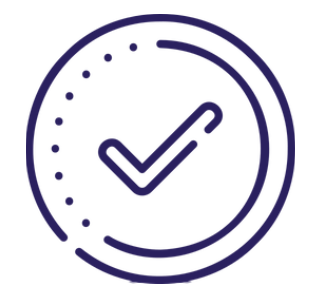
Course 4 -
Conduct UX Research & Test Early Concepts
- Plan a UX research study, including the project background, research goals, research questions, Key Performance Indicators, methodology, participants, and script.
- Explain the importance of respecting privacy and user data.
- Conduct a moderated and unmoderated usability study.
- Take notes during a usability study.
- Create affinity diagrams to group and analyze data.
- Synthesize observations from research and come up with insights.
- Develop persuasive presentation skills to share research insights.
- Modify low-fidelity designs based on research insights.
- Continue to design a mobile app to include in your professional portfolio.
Course 5 -
Create High - Fidelity Designs & Prototypes in Figma
- Build mockups and high-fidelity prototypes in Figma.
- Define and apply common visual design elements and principles.
- Demonstrate how design systems can be used to organize, standardize, and enhance designs.
- Understand the role of design critique sessions and feedback while iterating on designs.
- Learn how to hand off finished design projects to engineering teams.
- Complete mobile app designs to include in a professional UX portfolio.

Course 6 -
Responsive Web Design in Adobe XD
- Apply each step of the UX design process (empathize, define, ideate, prototype, test) to create a responsive website.
- Develop designs in a popular design tool, Adobe XD.
- Plan information architecture and create sitemaps for website designs.
- Apply common layouts for web pages.
- Plan and conduct a usability study to gather feedback about designs.
- Iterate on designs based on research insights.
- Work with design systems in Adobe XD.
- Add a new design project to your professional UX portfolio.
- [Optional] Create or update a UX-focused resume.
- [Optional] Learn how to search for and apply to introductory-level jobs in the field of UX.

Course 7 -
Design a User Experience for Social Good & Prepare for Jobs
- Apply each step of the UX design process (empathize, define, ideate, prototype, test) to create designs focused on social good.
- Identify the differences between dedicated mobile apps and responsive web apps.
- Understand progressive enhancement and graceful degradation approaches for designing across devices.
- Build wireframes, mockups, and low-fidelity and high-fidelity prototypes in Figma or Adobe XD.
- Add a new design project to your professional UX portfolio.
- Create your portfolio of design work for job applications.
- Join and participate in online UX communities.
- Interview for an entry-level UX design job.
- Determine if freelance design work is a good career fit for you.

